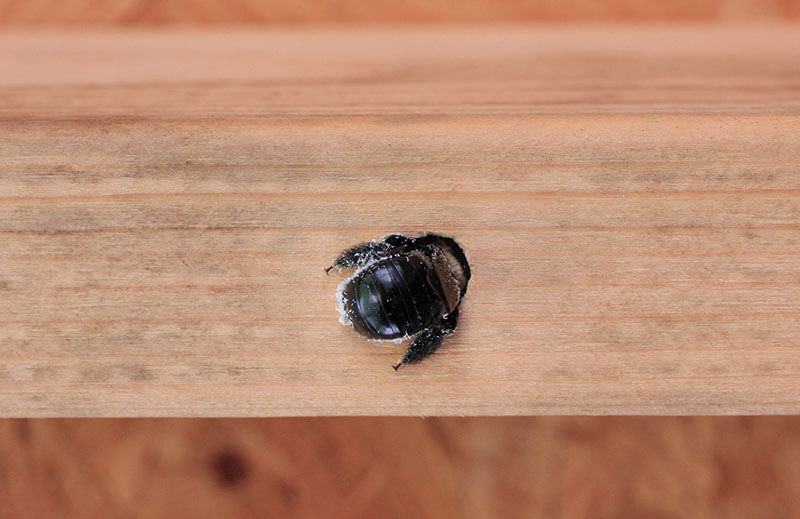As a natural organic compound, wood contains nutrients that can meet the growth of organisms, and is easily damaged by various organisms. The most intuitive and serious is wood pests, which not only affect the appearance of wood, but even make it lose its use value, causing serious damage and economic losses.
Wood is at risk of being attacked by wood pests throughout its journey from harvesting to processing to the point where the finished product enters the consumer’s home. It is of great significance to quickly identify the types of pests in wood and wood products, and to take targeted control and remedial measures.
Control methods of wood and wood products pests
The easiest way to prevent pests in wood and wood products is to choose wood with strong natural insect resistance. Such wood tends to grow slowly, with high density and high price, and cannot meet a wide range of needs.
In practice, most wood or wood products require pest control. Insect pests can be divided into physical control and chemical control according to the control methods, and can be divided into timely disinfecting and passive defense according to the control timing. In the specific control process, specific control strategies should be formulated according to the actual situation.
1 The natural insect resistance of wood
Different species of wood contain different components, so there are differences in the natural insect resistance of wood. Factors such as soluble sugar content, starch content, and types of extracts in wood can affect the insect resistance of wood.
It is worth noting that the natural insect resistance of wood is not completely consistent, the same kind of wood has different resistance to different pests, and the same species of wood grown in different regions has different resistance to the same pest. This may be related to the growth environment of the trees, and needs to be comprehensively considered in combination with the environmental needs of the wood.
2 Physical pest controls
Physical control is mainly to kill pests in wood or wood products by physical or mechanical means, such as microwave heating, heat treatment, insect trapping lamps or poison bait trapping and other methods. Among them, the most simple and effective method is heat treatment, which is more suitable for insect control of logs or boards. Treatment, combined with drying of the wood can achieve a multiplier effect with half the effort.
Although physical control can effectively kill the pests in the wood, it cannot protect the wood or wood products for a long time, because many wood pests can be separated, such as long-term beetles, silverfish, winged termites, etc., the wood or wood products are stored for a long time. Or there is still a risk of being harmed by wood pests during use.
3 Chemical pest controls
Chemical control is also the most effective and sustained way to control pests. Chemical control can be divided into chemical control and chemical modifier control. Among them, the method with less dosage and strong pertinence is to use chemical agents to treat wood or wood products.
Wood products such as solid wood or wood-based panel furniture, floors, wall panels, and wood-structured houses are used for a long time and exposed to areas with high biohazard risk levels to fundamentally eliminate the hidden dangers of insect pests.
Solid wood products are generally impregnated with insect repellent, so that a certain amount of insect repellant is inhaled into the wood, and then dried and processed into various finished products. Products such as wood-based panels need to be added with pesticides in the production process to prepare insect-proof wood-based panels, which are then used to make finished products.
Physical control and chemical control are the most effective methods to control pests at present. Wood, especially wood used for making wood products, must first be pretreated by high temperature drying to fully kill the original pests, and then treated with insect repellents to make insect-resistant wood products, which can not only eliminate existing pests, but also play a lasting protective effect.


